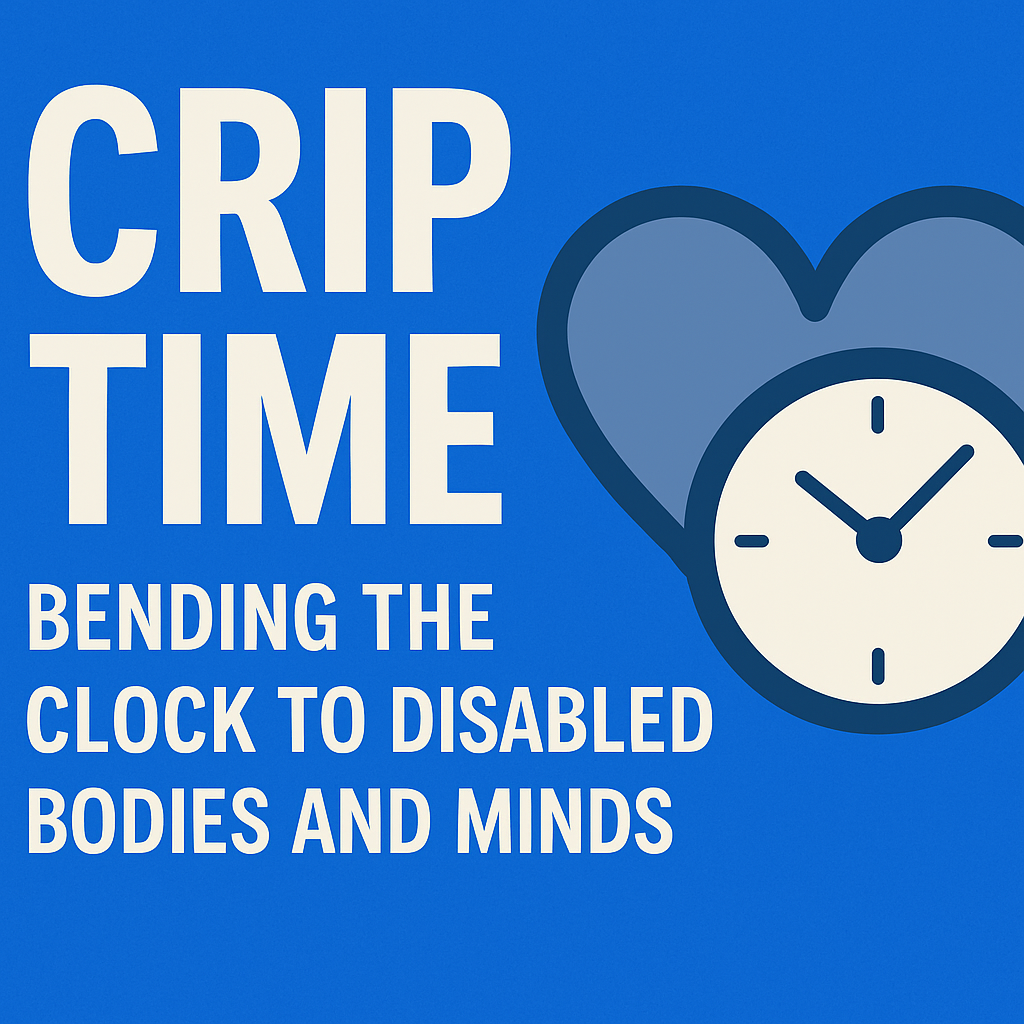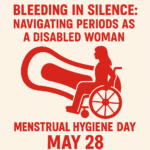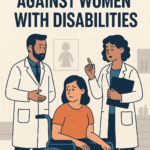We live in a world obsessed with speed. Deadlines. Hustle. Getting more done in less time. The clock has become a quiet taskmaster, ruling our days with expectations of constant productivity.
But not everyone moves at the same pace. And not everyone can — or should — conform to the rhythm that our society demands.
That’s where the idea of crip time comes in.
Crip time is a concept from disability justice and crip theory. And while it may sound unfamiliar at first, its meaning is both simple and profound:
“Rather than bend disabled bodies and minds to meet the clock, crip time bends the clock to meet disabled bodies and minds.”
In other words, instead of forcing people with disabilities to fit a rigid, able-bodied schedule, crip time invites us to create more flexible, humane, and inclusive ways of moving through the world.
For people living with chronic illness, mental health conditions, pain, neurodivergence, or fluctuating energy — time doesn’t move in straight, predictable lines. Some days start slow. Some days never really start at all. Some are vibrant, others fragile. And yet, we live in a culture that tells them — often implicitly — to catch up, keep going, don’t slow us down.
This isn’t inclusion. It’s assimilation.
Real inclusion doesn’t mean squeezing people into systems that weren’t built for them. It means changing the system itself.
When we honor crip time, we’re not just adjusting a schedule. We’re rethinking what we value:
- Do we reward speed, or do we respect sustainability?
- Do we push through, or do we pause when someone needs space?
- Do we measure success by how fast things get done — or how deeply people are allowed to show up as themselves?
Let’s look at a real-world example.
In many workplaces, meetings are stacked back-to-back, deadlines are tight, and everyone is expected to be “on” all the time. If someone needs to take time off for pain, fatigue, or recovery, they’re often seen as unreliable or uncommitted.
But now imagine a workplace that builds in breathing room. That allows asynchronous communication. That respects when someone needs extra time — no questions, no guilt.
That’s crip time in action.
And here’s the thing: it doesn’t only benefit people with disabilities. It helps parents. Caregivers. People experiencing burnout. People grieving. People simply trying to live in a world that doesn’t stop moving.
Crip time reminds us that we are not machines. And maybe — just maybe — our systems shouldn’t treat us like we are.
But let’s be clear: honoring crip time isn’t about being “nice” or “patient.” It’s about justice.
The pressure to conform to an able-bodied timeline isn’t neutral. It’s exclusionary. It can be dehumanizing. And it often pushes people to mask, overextend, or disappear.
Crip time says:
Your pace is valid. Your needs are not inconveniences. Your existence doesn’t have to be justified by how fast you can produce.
So, what does it actually look like to live into crip time?
It looks like:
- Making space for rest, without shame.
- Designing schedules with flexibility, not just efficiency.
- Listening to people when they say, “I need more time.”
- Building communities where access isn’t a one-size-fits-all checkbox, but an ongoing conversation.
It’s about shifting from urgency to presence. From perfection to care. From inclusion as a checklist to inclusion as a way of being.
When we talk about accessibility, we often think about ramps, captions, assistive tech, and all of those things are vital. But if we don’t also challenge our relationship to time — if we still expect everyone to move through the world at the same speed — then we’re not practicing real inclusion.
We’re just asking people to work harder to be seen.
Crip time is an invitation. To slow down. To unlearn. To reimagine. To build a world where more bodies and minds can truly belong, not just keep up.
And maybe, in doing that, we’ll discover that time doesn’t have to be something we race against — but something we reshape together.
Thanks for taking the time to read. If this resonated with you, share it with someone who might need permission to slow down — or who needs to know their pace is already enough. 💙



